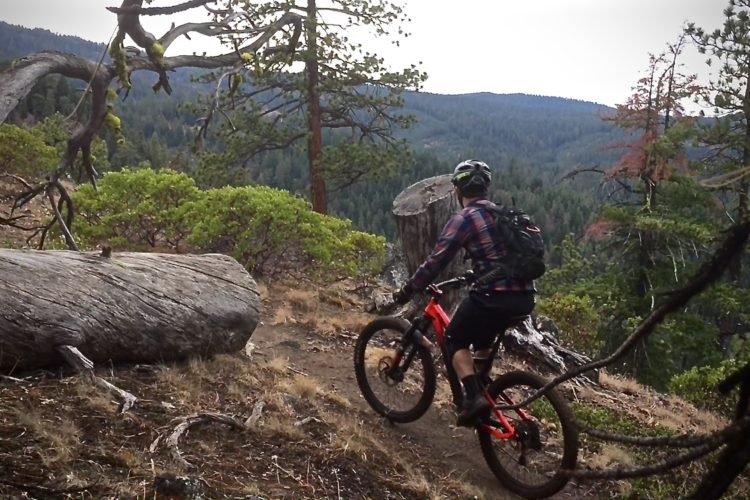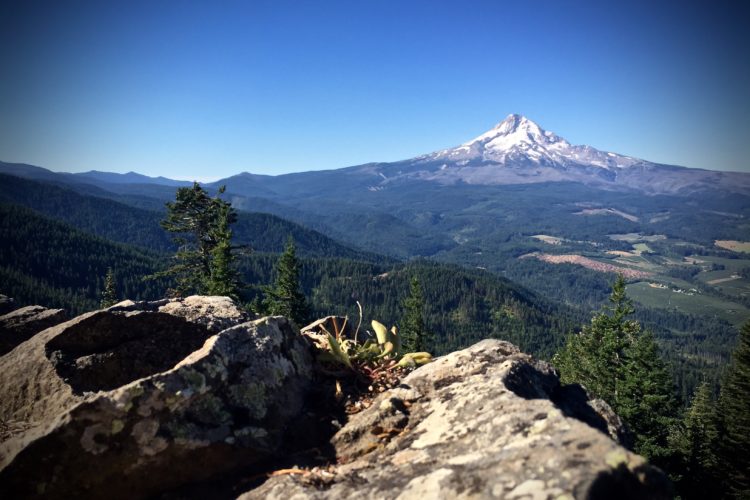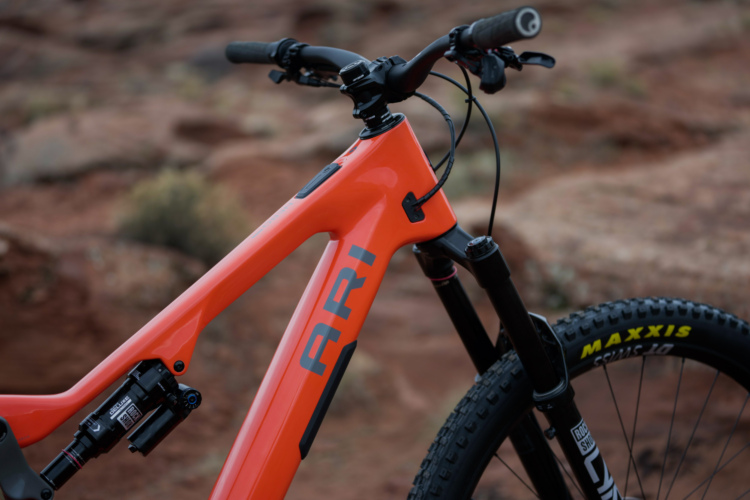How much does it cost to go for a bike ride? If youre like me, you remember tooling around your neighborhood as a kid on a hand-me-down Schwinn, or riding your bike to the park to play ball with your friends, and the answer that pops into your head isNothing! Actually, it never really was free. Someone paid for the bike in the first place, and then there was the occasional tube to be patched or replaced or maybe the purchase of a new chain or seat now and then. But for the most part, it wasnt a very expensive pursuit. Of course, we werent bombing down remote mountain singletrack, sloshing through mud holes half way up to the hubs, or grinding mile after relentless mile up long-abandoned logging roads either.
Todays mountain biking requires a higher-level quality of bike, components, and gear. You can easily spend thousands outfitting yourself in pursuit of the pure joy that is mountain biking. If you follow the blogs, read the magazines, or talk to an enthusiastic salesperson, youll probably get the impression that you need to spend a small fortune before you can even think about hitting the trails. Although I dont begrudge those who want to (and can afford to) buy the best of the best, I know from experience that those of us whose budgets dont allow for such expenditures can still ride the ridges and tear up even the most remote and rugged back-country trails.
I paid about $300 for my `09 Gary Fisher Mako 3 years ago, and have put many, many miles on it over the best singletrack western Oregon has to offer. Granted, the bike is what it is, and isnt what it isnt. It isnt built for hardcore downhill, it isnt built for hard jumps, and it isnt built for racing. But it is light enough to get me to the top of the mountain without busting my heart; nimble enough to traverse the rocks, roots, and creeks typical of the Oregon woods; and strong enough to carry my 200 lb. frame down 3,000 ft. of singletrack decent time after time without a hitch.
Dont get me wrong. This is not a sales pitch for my particular brand or model of bike, nor is it a slam on those who have spent way more money for a comparable experience. What I am trying to point out here is that you can have a whole lot of fun, and ride world-class singletrack on an entry-level MTB. The keys are three-fold: 1) Do your research and buy a good quality product in the first place; 2) Dont abuse your bikeride it; and 3) keep everything greased, oiled, and tight. Typically, in the entry-level bracket, youll find good frames out there with less-than-spectacular components. Dont sweat it. The frame is whats important. You can upgrade derailleur, etc. as your budget allows.
So much for the bike, lets look at basic gear options.
- Personally I am not a fan of clipless pedals, so I just saved myself a bundle right there. I use aluminum-composite pedals ($14) and plastic mini-clips ($6) to keep my feet in place.
- Sturdy hiking shoes that grip the pedals and that you dont mind getting filthy work well for biking. Choose wisely and these will give you years of wear.
- Moisture-wicking, quick-drying polyester is available everywhere nownot just at specialty stores. Good socks are a must and corners really cant be cut here.
- Hydro-packs are greatespecially those with room for tools, maps, food, etc. There are some fine ones out there for about half the cost of the big brand names. A tight-fitting small backpack or fanny-pack and a water bottle are an even cheaper option.
- I bought a killer Giro helmet at a second-hand store for $5yes, $5!
Lastly, do your own maintenance and repair work. Usually the price of a tool is less than what it would cost to have a bike shop do the work. You may lay out $30 for a cable cutter, but youll use it many, many times over the years. Ask around and find out if theres a do-it-yourself shop in your area. Here in Eugene, the University of Oregon Outdoor Program runs a cooperative with a full bike repair shop (complete with a part-time mechanic for advice) that anyone can join for $15 a year. We also have the Center for Appropriate Transport that offers very low-cost used parts and access to their repair shop.
In the end I say if you can afford to buy the good stuff, and thats what makes you happymore power to you. No doubt it raises the level of possibility and enhances the experience. But if you cantdont despair. Its entirely possible for you to be able to go out there and tear it up without breaking the bank.

























9 Comments
Feb 17, 2012
Mar 16, 2014
Apr 5, 2013
Feb 17, 2012
Feb 19, 2012
Too often this seems to be a sport just for upper-middle class middle aged men... I would love to see more people from all different demographics get involved in the sport!
Feb 18, 2012
Feb 20, 2012
Feb 17, 2012
My only caution would be about used helmets, be very very sure that it hasn't already been in a crash. Amazon and Performance Bike both tend to have good prices on previous year leftover helmets. Only spend what your brain is worth. :D
But anyway, even though I am blessed to afford the bike I really want, if it was the only way I could get on the trail, I'd buy another entry level hardtail in a minute!
Feb 17, 2012